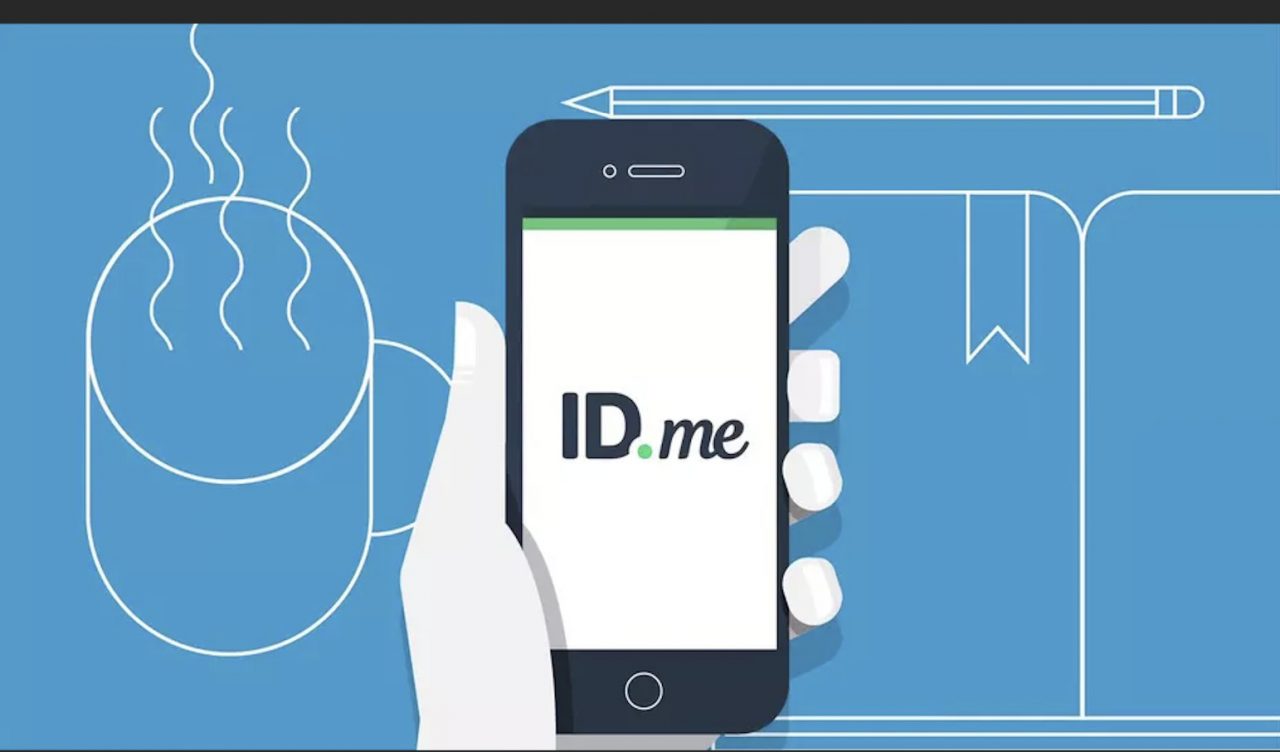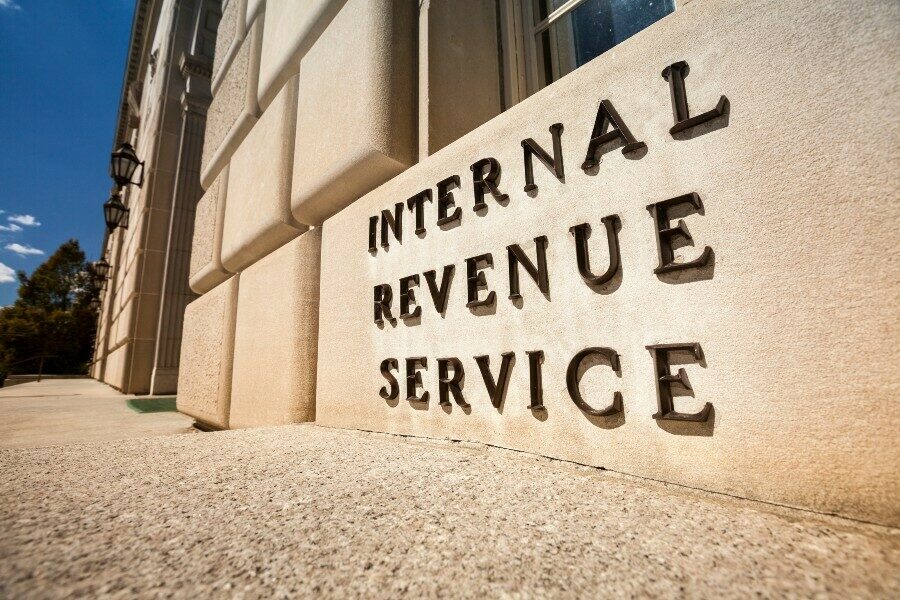WASHINGTON – Today, the U.S. Small Business Administration (SBA) announced updated guidance for those small businesses that have already applied for the Targeted EIDL Advance program, received a decline, and are interested in applying for reevaluation. Specifically, the following updated guidance is being provided:
Current Targeted EIDL Advance applicants:
- Those interested in being considered for reevaluation can submit their reevaluation requests until February 15. The SBA is no longer accepting new Targeted EIDL Advance applications as of December 31, 2021.
- This opportunity is for small businesses that were declined for the Targeted Advance program and can provide additional information to demonstrate their eligibility.
About the Targeted EIDL Advance program
In response to the COVID-19 pandemic, the Targeted EIDL Advance program provides eligible applicants funds of up to $10,000 that do not have to be repaid. Under the Biden-Harris Administration, the Targeted Advance program has provided approximately $5 billion to nearly 600,000 businesses, especially our hardest-hit small businesses in underserved communities, a priority of Administrator Guzman. For small business owners who apply for reevaluation, it is recommended they confirm they meet the below eligibility criteria:
- Located in a low-income community. To help applicants determine if they are in a low-income community as defined in section 45D(e) of the Internal Revenue Code, a mapping tool (sbaeidl.policymap.com) is available. The business address must be in a low-income community to qualify. Applicants whose businesses have re-located to a low-income community since submitting their original application must submit proof of relocation, such as a lease agreement, utility bill, or mortgage with the name of the business.
- Demonstrated reduction in revenue. Eligible applicants must demonstrate a more than 30 percent reduction in revenue during an eight-week period beginning on March 2, 2020, or later. If an applicant meets the low-income community criteria, they will be asked to provide gross monthly revenue (all forms of combined monthly earnings received, such as profits or salaries) to confirm the 30 percent reduction; and
- Have 300 or fewer employees.
How to apply
If your business meets the eligibility criteria and your original application was declined, you may request Targeted EIDL Advance reevaluation by emailing targetedadvancereevaluation@sba.gov. Please include documentation that demonstrates your eligibility for the Targeted EIDL Advance program.
Small business owners may call SBA’s Customer Service Center 1-833-853-5638 (855-440-4960 for the deaf and hard-of-hearing) or email DisasterCustomerService@sba.gov for additional assistance. The center is open Monday through Friday from 8 a.m. to 8 p.m. EST. Multilingual representatives are available.
Visit www.sba.gov/eidl to learn more about eligibility and application requirements. For additional information on COVID EIDL and other recovery programs, please visit www.sba.gov/relief.
Small business owners may also contact SBA’s Resource Partners by visiting www.sba.gov/local-assistance.
Application Process and Fraud Control Enhancements
In addition to the policy enhancements, the SBA has invested in optimized processes and increased capacity to improve the customer service experience for applicants. Directed by Administrator Guzman to swiftly and drastically enhance COVID EIDL, the revamped management team implemented new processes and performance management, such as prioritizing personnel for COVID EIDL and increasing the average number of application decisions made. The SBA accelerated daily processing of loan increases from close to 2,000 applications to more than 37,000 applications daily. Loan officer productivity also went from 1.86 applications per day to 15 applications per day. As a result of these increased loan review rates, the 600,000+ loan increase backlog has been cleared, and new applications were processed immediately.
At the same time, and to ensure taxpayer dollars are used to support businesses that need COVID EIDL funding most, the SBA increased fraud controls and is working in collaboration with the SBA Inspector General to closely monitor the program.
About Targeted Advance Grants
A component of the COVID-19 Economic Injury Disaster Loan (EIDL), the Targeted Advance program provides up to $10,000 in funds that do not need to be repaid to small business owners, including agricultural businesses and nonprofit organizations in all U.S. states, Washington D.C., and territories. The purpose of Targeted Advance is to provide additional financial assistance beyond the COVID EIDL Loan program, which allows small businesses impacted by the COVID-19 disaster to focus on running their businesses without the stress of repayment.
About Economic Injury Disaster Loans
In response to COVID-19, small business owners, including agricultural businesses and nonprofit organizations in all U.S. states, Washington D.C., and territories were able to apply for the COVID-19 Economic Injury Disaster Loan (EIDL). The purpose of EIDL is to provide financial assistance for small businesses to meet financial obligations and operating expenses that could have been met had the disaster not occurred.
About the U.S. Small Business Administration
The U.S. Small Business Administration makes the American dream of business ownership a reality. As the only go-to resource and voice for small businesses backed by the strength of the federal government, the SBA empowers entrepreneurs and small business owners with the resources and support they need to start, grow or expand their businesses, or recover from a declared disaster. It delivers services through an extensive network of SBA field offices and partnerships with public and private organizations. To learn more, visit www.sba.gov.
Source: SBA – 2022



